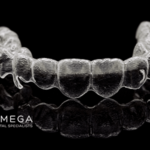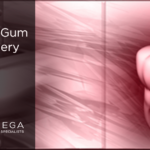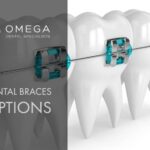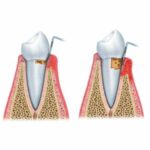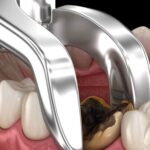What is the Advantage of Immediate Dental Implant Loading?
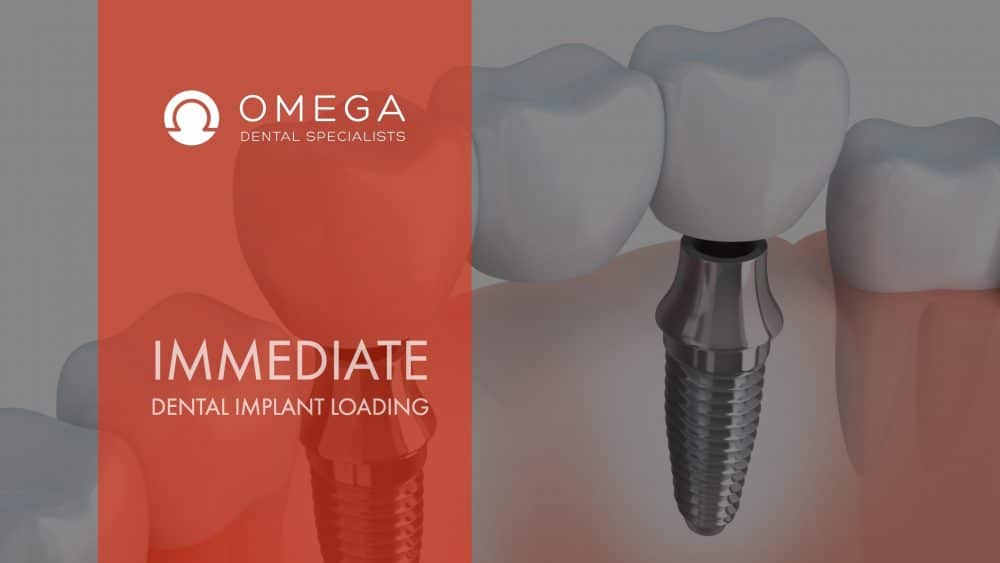
What are the advantages of immediate loading of implants?
The concept of immediate occlusal loading with dental implants offers several advantages. The implant abutments are placed at the time of surgery or at the suture removal appointment. As such, a second-stage surgery is eliminated, along with a suture removal appointment. This saves the patient pain and suffering and saves the dentist overhead time and material.
In many cases, the patient does not need to wear a removable prosthesis during the healing time, which is often a significant advantage when patients are having problems with these devices. The soft tissue—borne restoration also may load the implant inadvertently through the soft tissue and cause bone loss or failure. When the clinician uses a one-stage surgical procedure, the implants are independent during healing. When immediately loaded, the implants are splinted together during healing, which is biomechanically superior.
The soft tissue is allowed to mature for several months before the final restorations. Tissue maturation is most important in esthetic zones, where tissue shrinkage after second-stage surgery may compromise the soft tissue directly related to margins and papilla contour around the final restorations. In the immediate-loading technique for the completely edentulous patient, more implants usually are inserted. The primary disadvantage of immediate loading is the risk of implant failure or greater crestal bone loss around the healing implants. When an implant failure occurs, several side effects follow. Implant overload failure most often is associated with bone loss around the implant. If the bone loss includes a lateral cortical plate, then the bone width does not regenerate on its own after the implant is removed.
As a result, a bone graft often is required. The graft often is separated from the implant extraction procedure to improve the incision line healing and decrease infection risk. Early crestal bone loss after implant loading may have a relationship to occlusal overload. Whether immediate loading increases the risk of early crestal bone loss is unclear but is strongly suspected. The early loading was speculated to interfere with the ability of necrotic bone (created by the surgical trauma) to be replaced by newly formed bone. Successful implants with greater than 5-mm soft tissue pockets may be more often a result of immediate loading.
A benefit/risk ratio may be assessed for each patient condition to ascertain whether immediate occlusal loading is a worthwhile alternative. The greater the benefit and/or the lower the risk, the more likely that immediate loading is considered. A complete edentulous mandible restored with an overdenture supported by four or more implants is a very low-risk condition. If the patient cannot tolerate a mandibular denture, then an immediate-load protocol would be a high benefit. The highest risk for immediate loading would be a posterior single-tooth implant. Implant number cannot be increased, and implant length cannot engage cortical bone. When the single-tooth replacement is out of the esthetic zone, a very low benefit is obtained with the immediate-restoration approach.
Additional clinical studies to evaluate the associated risks, especially in the maxillary arch, are expected over the next several years. Until the profession has longer-term evidence and more multicenter studies, immediate occlusal loading will be a secondary treatment option, restricted on a case-by-case basis. A biomechanical rationale for immediate loading may decrease the risk of occlusal overload during initial healing. The stresses applied to the implant support system result in strain to the bone interface. The greater the stress, the higher the strain. Increasing implant area and/or reducing the forces applied to the prosthesis may reduce stress. The implant size, design, and surface condition all affect the area over which the occlusal forces are dissipated. The forces may be reduced by patient factors, implant position, reducing force magnifiers such as crown height or cantilever length, reducing the occlusal contacts, decreasing angled forces to the prostheses, and altering the diet.
The properties of bone also affect the risk of overload, because bone density is directly related to the strength of bone, its elastic modulus, and the amount of bone to implant contact. Factors like these are important in the traditional two-stage approach. They are especially noteworthy for immediate loading because the surgical trauma of placing the implant also modifies the mechanical properties of bone during initial healing. The majority of clinical reports reveal similar survival rates between immediately loaded and two-stage unloaded healing approaches.
Nonetheless, these findings do not imply that a submerged surgical approach is no longer necessary or prudent in many cases. Future studies may find indications based on surgical, host, implant, and occlusal conditions more beneficial for one versus the other. For example, the strength of bone and the modulus of elasticity are related directly to bone density. The softest bone type may be ten times weaker than for the densest types. The microstrain mismatch of titanium and the softest bone is much greater than the densest bone. As a result, higher implant failure and greater crestal bone loss seem likely but as yet are not reported. The biomechanical treatment approach to increase surface area and decrease forces applied to the immediate restorations is most likely the major reason for the high implant survival.
Financial options for care
Financial aspects of care are a major concern. Our team assists patients in finding ways to cover dental treatment fees. Some insurance plans also cover implants. We can arrange financing and/or payment options to suit your specific needs. Please speak to our team to learn more about covering the costs of your implant procedure.
